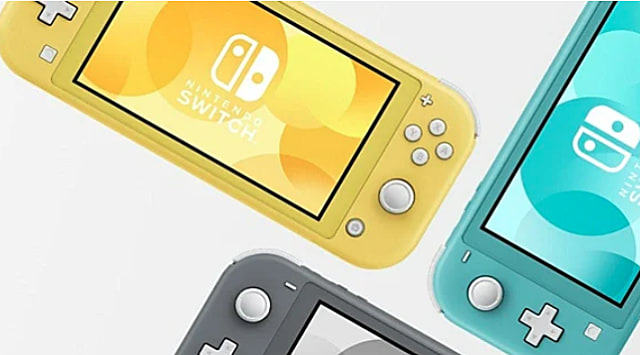
Console revisions are nothing new. Sony, Microsoft, and Nintendo have revised their consoles and handhelds for years. Typically, each new model brings something unique to the table while also improving on previous technology. Some even remove features.
The Nintendo Switch Lite follows that long-standing tradition of revision. As an alternative to the Nintendo Switch, the Lite improves on its predecessor in several ways, while also removing some things that make the Switch the Switch.
Even if the Lite might not be the best choice for some, there's not much doubt it is the superior version of the Nintendo Switch, especially for handheld experiences and overall efficiency.
Below, we look at how it compares to the original.
How Does the Nintendo Switch Lite Look?
Side by side, the Lite's screen doesn't appear t be considerably bigger than the one featured on the original Switch. The launch Switch looks almost too big for a handheld system, while the Lite seems to strike a happy balance — bigger than the 3DS and Vita, but not too big to be unwieldy.
The difference here is mainly down to better use of space by Nintendo; the Switch Lite doesn't include rails for detachable controllers and doesn't have to include controllers big enough to use solo.
It's also because the Switch Lite doesn't have a huge border like the one surrounding the launch version of the system. The plastic screen cover behind the glass is the same color as the rest of the system, giving the impression of a seamless transition between system and screen.
When you're holding the Lite, your hands cover most of the control area as well. That means the 5.5" screen commands all of your attention and looks bigger or at least the same, despite actually being smaller.
Almost everything else, such as the button layout and control stick locations, is basically the same as the original Switch. However, there is one glaring change: the D-pad. The Switch now has a regular directional pad instead of four face buttons.
You'll likely notice there's no pop-out slat in the back for the kickstand, either, since the Switch Lite doesn't support tabletop mode. In its place is a card cover not unlike a game card cover.
The speakers have also been moved; rather than one opening on top, you get two smaller speaker openings. These are on the bottom, though they're sensibly placed further in, unlike with the new 2DS XL.
For some, the Switch Lite could be seen as a regression to the "Toy factor" systems of Nintendo's youth, specifically because it's bright and small with stark-white buttons. That combo might not make the Switch Lite look like a serious piece of tech, but if it is a toy, it's certainly a stylish one.
How Does It Feel?
In a word, good.
The Switch Lite feels perfectly suited for handheld play in a way the original just can't compete with.
My hands are roughly average in size. Holding both Switches so all the buttons and sticks were within easy reach means, for me, holding them so the bottom corners are in the center of my palm.
Playing the original Switch in handheld mode is uncomfortable because you really feel that extra weight after a while. Even though reaching the "ZL" and "ZR" buttons doesn't require a huge stretch, it still feels awkward.
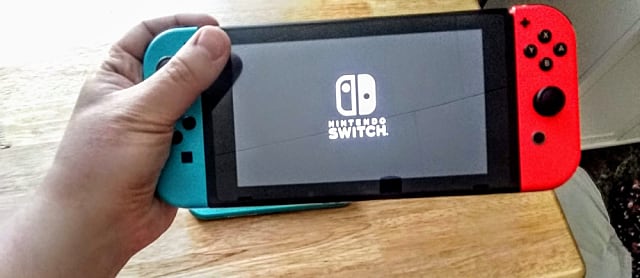 Just balancing it enough with one hand for this photo was a challenge.
Just balancing it enough with one hand for this photo was a challenge.
But that's not the case with the Lite. It is definitely lighter, but it still has a reassuring sense of weight.
Because of that, you can play for extended periods of time without discomfort. Unlike with some systems (looking at you, Vita) there's also none of that unconscious hand shuffling stuff while trying to find a holding position that actually works.
In short, it's smaller, lighter, and easier to hold — pretty much everything you want your handheld system to be.
Those with smaller hands will find this is definitely the ideal portable Switch experience, though reaching the middle of the touchscreen still isn't quite as easy as it could be.
The big-handed folk among us might find it a bit more difficult to get used to, though.
Chassis
The Switch Lite has a thick matte finish, which feels satisfying to the touch and, as an added bonus, isn't a grime magnet like the original Switch's plastic chassis.
Face Buttons
The original Switch's face buttons are a lot like the New 3DS buttons: clicky, hard, and shallow. The Switch Lite feels more like it has proper controls. The "ABXY" buttons push in further, and they provide a better tactile response. The D-Pad is the same but does require a bit more pressure than I initially expected.
"ZL" and "ZR"
One of my favorite changes is with the "ZL" and "ZR" buttons. The original Switch's shoulder buttons are fairly loud. The Lite's "ZL" and "ZR" buttons press down further, and the click they provide is much softer and less intrusive — perfect if you're in public or around other people.
Control Sticks
The control sticks have been a concern for some ever since the Joy-Con drift issue became so widespread. Early teardowns of the Switch Lite show the control sticks use the same parts as the original Switch's Joy-Con, but there does seem to be a slight difference in performance.
The Lite's control sticks feel tighter and more responsive, and I didn't notice any change in that feeling even after several rounds of Smash Ultimate and playing some of Astral Chain's more intense fights.
How Does It Play?
However, none of that really matters if the Lite doesn't perform well at the one thing it was designed to do: play video games. Luckily, gameplay and performance are two areas in which the Switch Lite truly shines.
Improved Display
The Switch Lite doesn't include a new or better GPU, but it still handles displays better than the original Switch.
One reason for that is the size. With more pixels shoved into a smaller screen, games on the Switch Lite tend to look crisper and sharper in general.
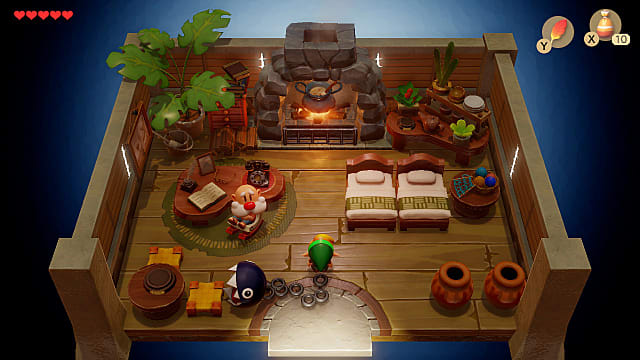
The above is a shot taken from the Switch Lite at middle brightness.
The following shot is from the original Switch at max brightness. The difference isn't tremendous, but colors are slightly brighter, and everything just looks clearer.
The difference is particularly easy to spot in visual-heavy games like Xenoblade Chronicles 2 and the demo for Dragon Quest XI S (which looks lovely on the Lite). However, it's still noticeable in anime-styled games like Tales of Vesperia and Ys VIII: Lacrimosa of Dana.
Apart from size, another contributing factor is brightness. The max brightness setting on the original Switch is roughly equivalent to the halfway mark on the Switch Lite. It makes a huge difference, and it can't be overstated just how welcome it is, especially since it's not a huge drain on the battery.
There's been some chatter about a greenish tint on the Switch Lite's screen, and it's not without merit. There's an evident difference looking at the home screen on both systems, but it's not something you'll really catch if you aren't playing them side by side (well, you might now, after reading this).
Louder, Louder, Louder
Like with brightness, the Switch Lite's audio is about twice as loud as that on the original Switch.
There are a couple of caveats here, though. It's excellent to actually hear game audio without having to use headphones, but it can sound a bit tinny at times. However, because of how the speakers are constructed, the quality and clarity of voices is greatly improved on the Switch Lite.
Also, because the system's audio is louder, the system vibrates at about the halfway mark and higher.
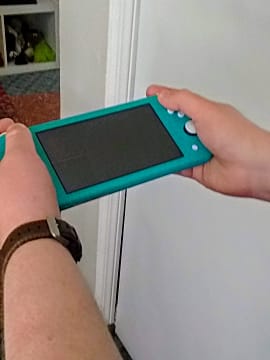 Will your hands cover the Switch Lite's speakers? It might be a slight problem for people with bigger hands, but after some general testing, it seems to depend mostly on how you hold the system.
Will your hands cover the Switch Lite's speakers? It might be a slight problem for people with bigger hands, but after some general testing, it seems to depend mostly on how you hold the system.
If you naturally hold it mostly resting in your palm, with your fingers wrapped around it, it shouldn't be an issue.
Overall Efficiency
The Switch Lite is also a step up from the original Switch in terms of efficiency.
Turnin' on the Heat
The original Switch heats up when you download apps, it heats up when you charge the battery, it heats up when you dock it, and — surprise! — it heats up when running certain games.
The Switch Lite still gets pretty hot when you're downloading material (especially if it's 100GB+ in a short length of time), but that's about it.
After leaving it charging for four consecutive hours, the back panel was warm, but not in the concern-inducing way of the original Switch.
More impressively, though, is how it handles demanding games. The processor boost for the Switch Lite means games don't cause the fan to come on at all, at least in my time with it so far.
Keep the Lights On
I didn't play Breath of the Wild for six hours straight to test the battery for this review. Despite my gross negligence, I can still offer some insight into Nintendo's claims about improved battery life.
They're true.
Since my system arrived, I've charged it twice. The first time was a little after I initially received it and began redownloading my digital titles from the eShop.
That first burst of battery power lasted a surprisingly long time, then around 4 p.m. the day I received it, I plugged it in. I unplugged it at 7 p.m., when it was at 90%, finished downloads at 11 p.m., then played Ni No Kuni and the Dragon Quest XI S demo for a while, all on close to max brightness.
When I finished, the battery was still at 20%.
What You Don't Get
The Switch Lite isn't all sunshine and roses, of course. The lite-ness means some things had to be cut, but whether that's a deal-breaker really depends on your preferences.
No Joy-Con Means No Docking
The Switch Lite doesn't feature Joy-Con. The controls on either side are built-in, which means no detaching and no docked/TV mode playing.
That also means your Switch games won't benefit from the higher GPU power resting within the Switch dock, so you won't be seeing Hyrule (or anything else) at resolutions higher than 720p.
It Also Means No Other Stuff
You also won't find IR sensors or HD Rumble on the Lite, and you won't have the ability to detach the system's controls and share them with other players.
Very few games have actually made any noteworthy use of HD Rumble, but if the idea of not being able to count digital ice cubes or milk cows with your controller makes you sad, then the Switch Lite might not be for you.
Since you can't detach the Joy-Con, it also means multiplayer will be a bit difficult, and games like Super Mario Party just won't be playable. Here's a list of games that we know don't work in handheld mode for easy reference.
I've also heard some talk that the built-in gyroscope is less effective on the Switch Lite as well, but after some testing, that doesn't seem to be completely true.
The motion controls for small movements, like catching Pokemon in the Let's Go games or aiming in Breath of the Wild, seem identical. Larger scale movements are pretty much the same, too, like in the motion shrines in Breath of the Wild.
Another Missing Thing: An HDMI Port
Since the Switch Lite doesn't dock, it also doesn't have an HDMI port, meaning it won't be possible to stream from the Lite until there's a capture device manufactured for it.
Not a 2DS or 3DS Replacement
One other thing worth noting: I've heard lots of people saying the Switch Lite is a replacement for the 2DS and 3DS. It isn't. This is a Switch, and no matter how nicely you ask, it won't play 3DS games.
---
Who the Nintendo Switch Lite is For
- People who want to experience the Switch library without paying $300 for a system
- Families or people sharing systems
- People who play primarily in handheld mode
- Those who mostly enjoy single-player games
- People who want to take their Switch out of the house, but don't feel it's suited for portability
- Those who just want that extra bit of clarity and efficiency the Lite offers
Who the Nintendo Switch Lite is Not For
- People who want to play in docked/TV mode
- People who aren't happy with console games at 720p
- Those who play lots of multiplayer games
- Those who require hard, tactile feedback when they milk digital cows
The Switch Lite is undoubtedly the better form of the Switch on the market. The display is cleaner and sharper, the buttons respond more effectively, there's a D-Pad(!), it doesn't feel like it might explode when playing demanding games, and its size and battery mean it actually functions like a good portable gaming device.
That doesn't make it absolutely mandatory for those who already have a Switch, since these are minor, though noticeable, improvements. However, the price point makes it unbeatable for getting into the Switch library for the first time or trading up for a system that better meets your needs.
Still, it's not for everyone. If you don't do handheld mode, then you're better off just waiting for the Switch Pro, assuming it's real. Likewise, if you take your Switch with you because you use it for multiplayer games, then stick with the original.
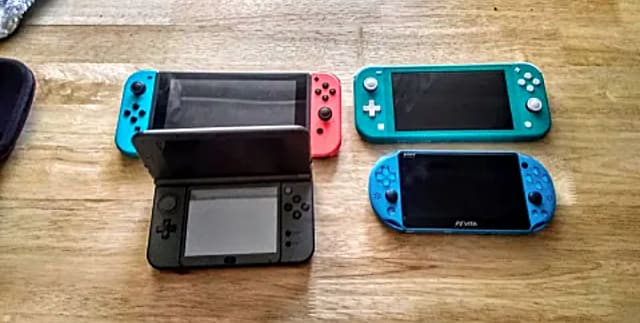
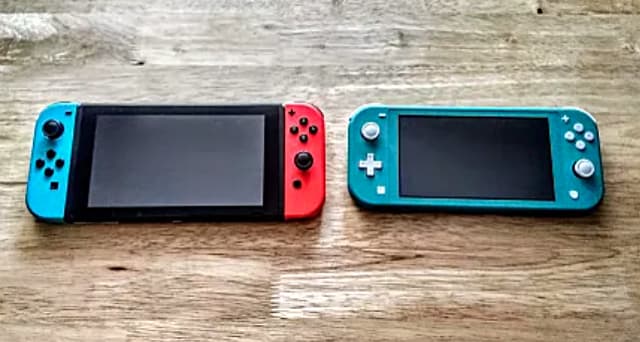
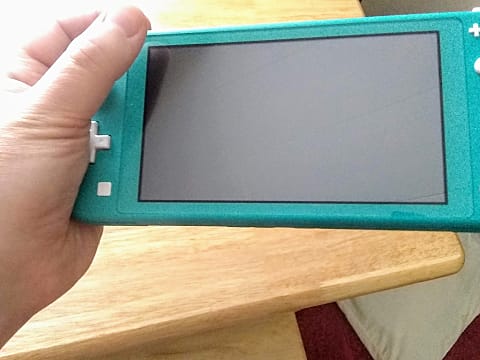
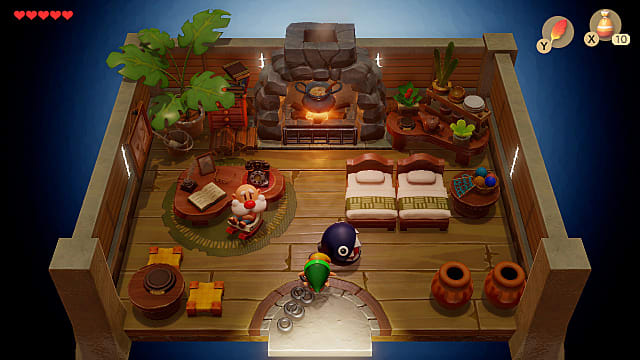
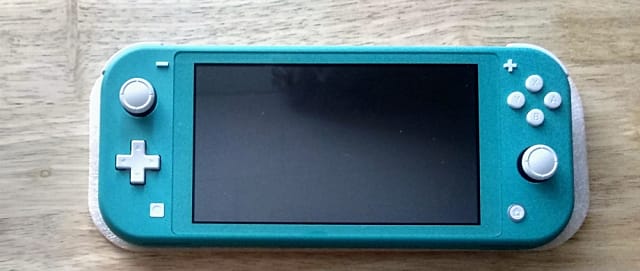
0 comments:
Post a Comment